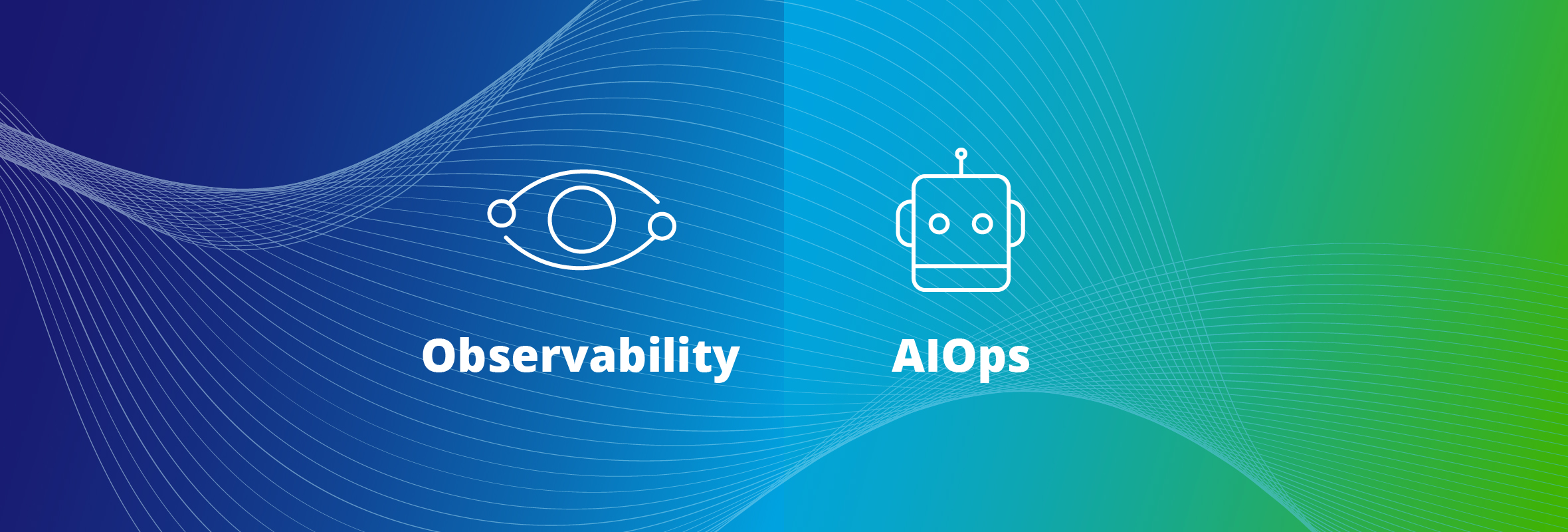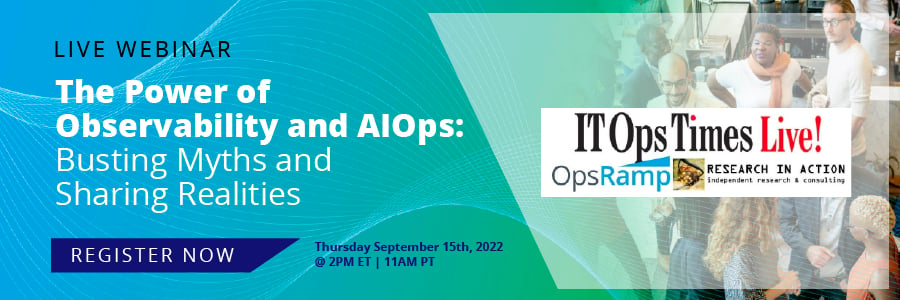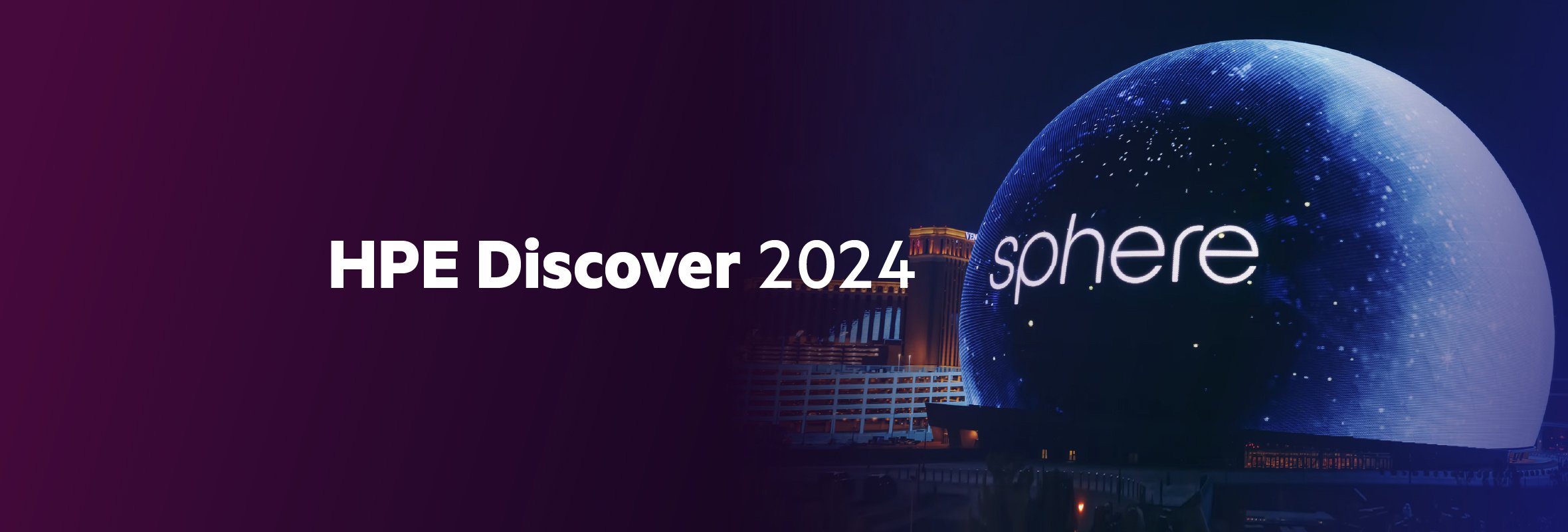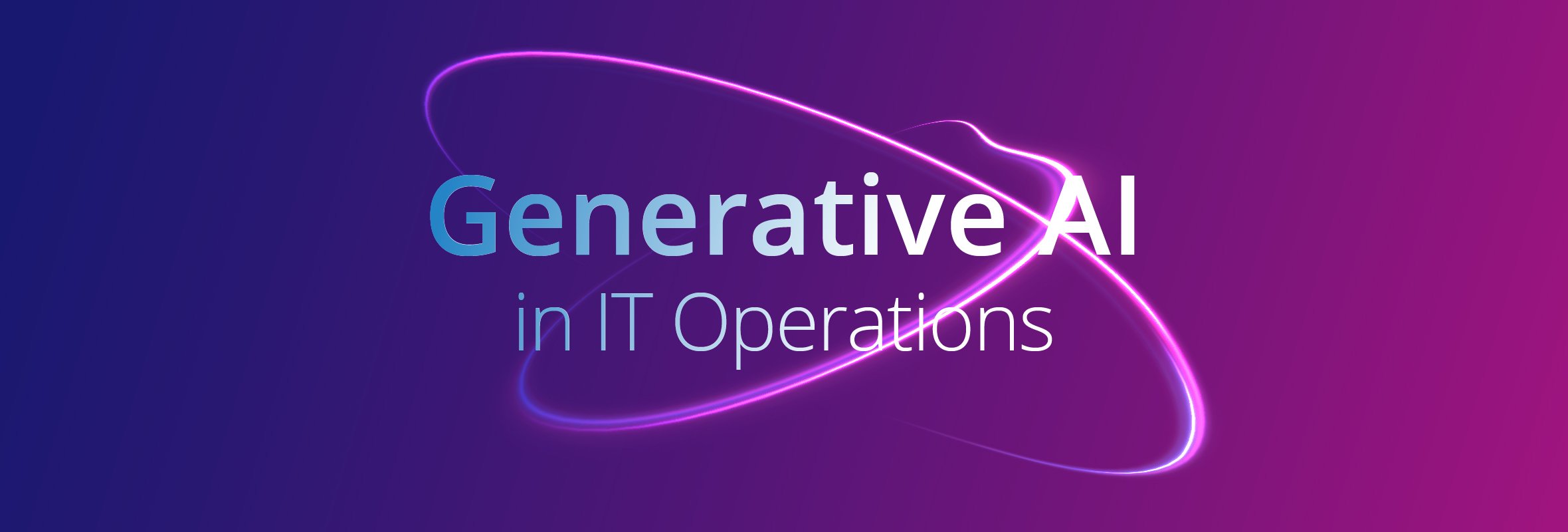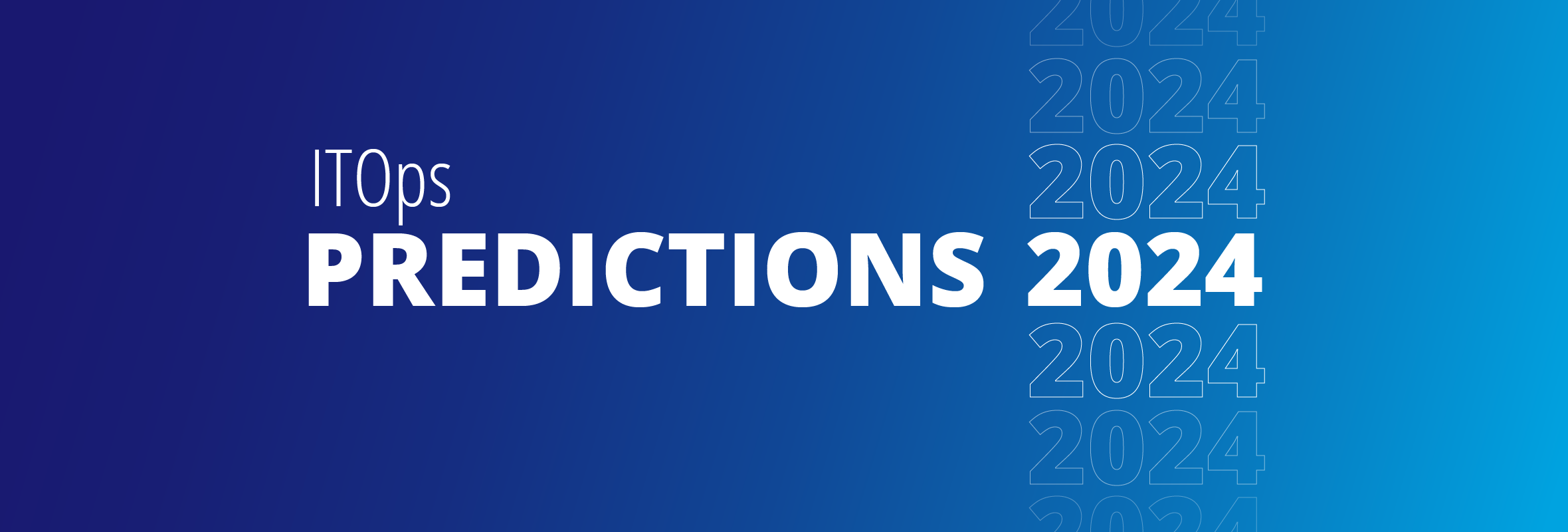In the last half-decade, AIOps and observability have arguably been the hottest two topics in IT operations management. Gartner first mentioned AIOps—Artificial Intelligence for IT Operations—in 2016, defining it as using big data and machine learning to automate IT operations processes, such as event correlation, anomaly detection and causality determination.
Observability is an older concept borrowed from control theory in engineering, defined as a measure of how well a system’s internal state can be inferred from its external outputs. Translated to IT operations, that means measuring a system’s performance by the data it generates, typically logs, metrics and traces. As log file analysis tools found their way from security operations into IT operations, the concept of observability in IT operations took on a life of its own. The migrations of workloads from on-premises environments to the cloud also generated more demand for observability data as traditional monitoring tools provided less insights into cloud environments.
It's All About the Data
Both AIOps and observability are data management disciplines. The first step in AIOps is analyzing IT operations data from multiple ITOps systems. That enables you to correlate different events from multiple systems to the same IT incident, detect anomalies, find the root cause of that incident and kick off automations in response to that incident. Observability also relies on analyzing the data generated by systems to get a better understanding of the health of that system that goes beyond simple up/down reporting and measuring response times. Patterns can eventually be detected in that data that can predict future issues and help IT get in front of those issues.
While traditional IT performance monitoring might tell you that there was a problem and where it was, observability tells you why there is a problem and what customers or business services are most affected. AIOps can then be used to eliminate alert noise through event correlation to really zero in on the problem, then take prescribed actions to respond to detected issues, whether through kicking off an IT process automatically to remediate the problem or notifying the right person to respond to the problem.
RIA’s Vendor Selection Matrices
Independent industry research and consulting firm Research in Action recently published separate Vendor Selection Matrix reports on Observability and AIOps. It concluded that AIOps was a “capability within observability,” adding additional meaning to the data generated by observability using artificial intelligence and machine learning. RIA recommends adopting observability first, then applying AIOps to that data to improve the quality and availability of applications and services through anomaly detection, identification of location and cause of incidents and suggestion of fixes, and alert noise reduction.
Observability and AIOps are complementary technology approaches but given the similarities between the two, many vendors play in both spaces. RIA tracked a total of 26 vendors in these two reports. We’re happy to report that OpsRamp was one of 11 vendors to qualify for both reports and one of just eight to be named a market leader in both reports. RIA’s bottom line on OpsRamp: “For enterprise IT and DevOps teams and MSPs who want to deliver hybrid visibility and control, transform insights into action, and replace routine operational tasks with intelligent automation, OpsRamp is an excellent choice.”
Continuing the Conversation
OpsRamp is pleased to join with RIA and ITOps Times Live! to present a webinar titled “The Power of Observability and AIOps: Busting Myths and Sharing Realities.” This will be an informal but structured exchange between Bill Talbot, CMO, OpsRamp and Eveline Oehrlich, Industry Analyst, Research In Action, to discuss and elaborate on both Observability and AIOps. You’ll learn how to differentiate between the two, understand the pros and cons and benefits and challenges of each, explore how they do and don’t fit together and what you can achieve with these technology approaches. Click HERE for more information and to register.
Next Steps:
- Read the Blog: Five Ways AIOps Can Improve IT Incident Management
- Download the eBook: 10 Steps to AIOps Success
- Download the eBook: 5 AIOps Mistakes to Avoid
- Learn more about OpsRamp’s Hybrid Observability capabilities
- Schedule a custom demo with an OpsRamp solution expert.
